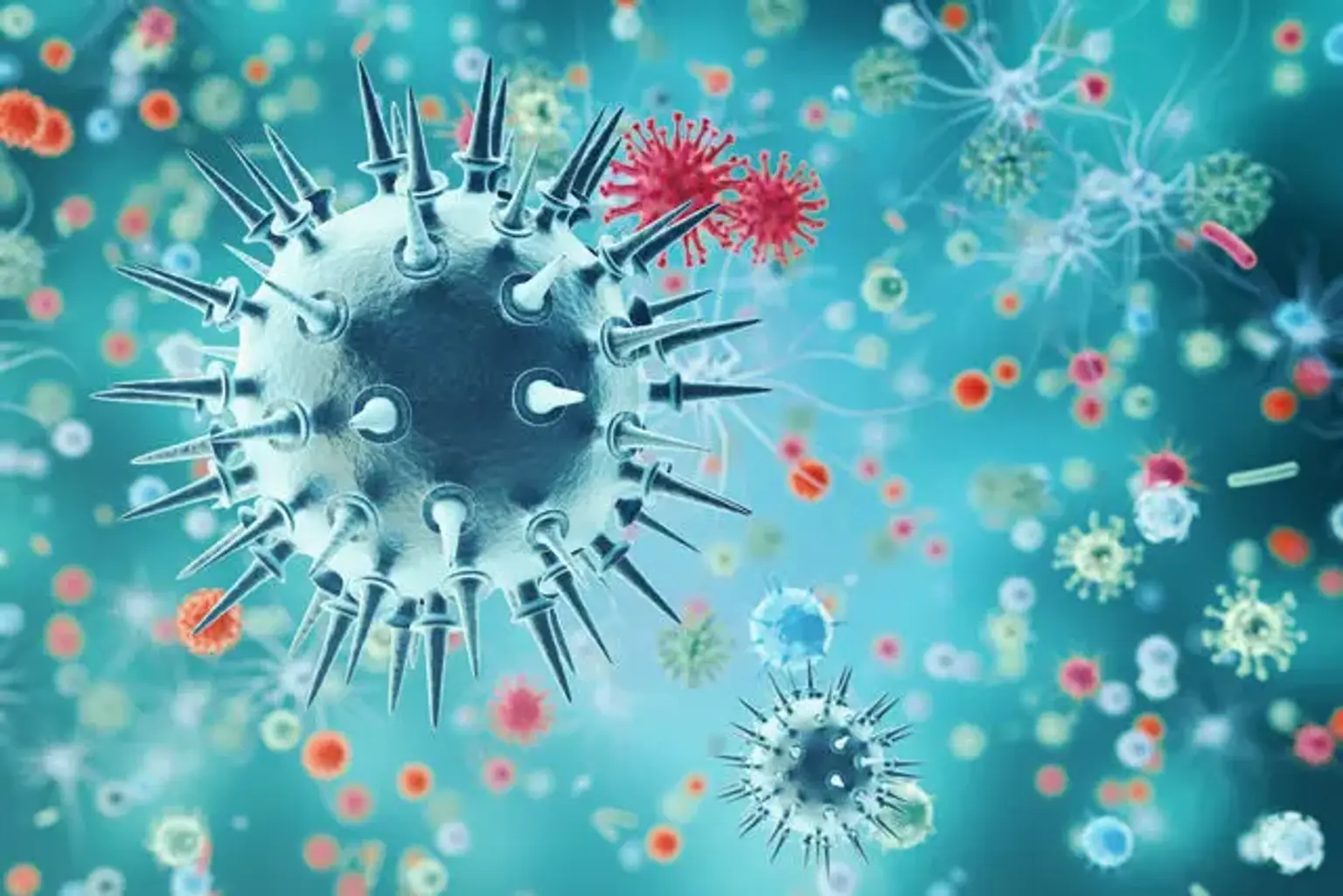Infectious Diseases
Infectious diseases are the most common conditions that frequently affect infants, young children, adults, and older adults. These infections vary depending on the agent's biochemical features, the size, and the manner of interaction with the human host.
Infection control measures are essential are thus, essential to prevent these conditions. This minimizes the spread of infections from one host to another, including the patient to the healthcare provider and vice versa. Early diagnosis is also important since it helps identify the cause of the infection and develop an effective treatment plan.
